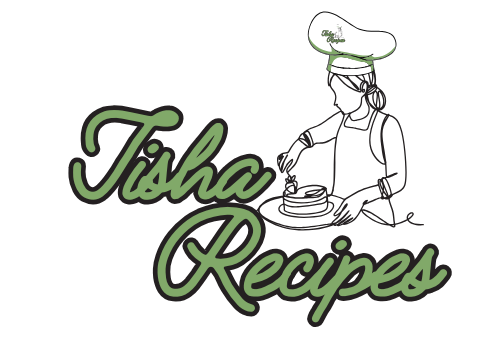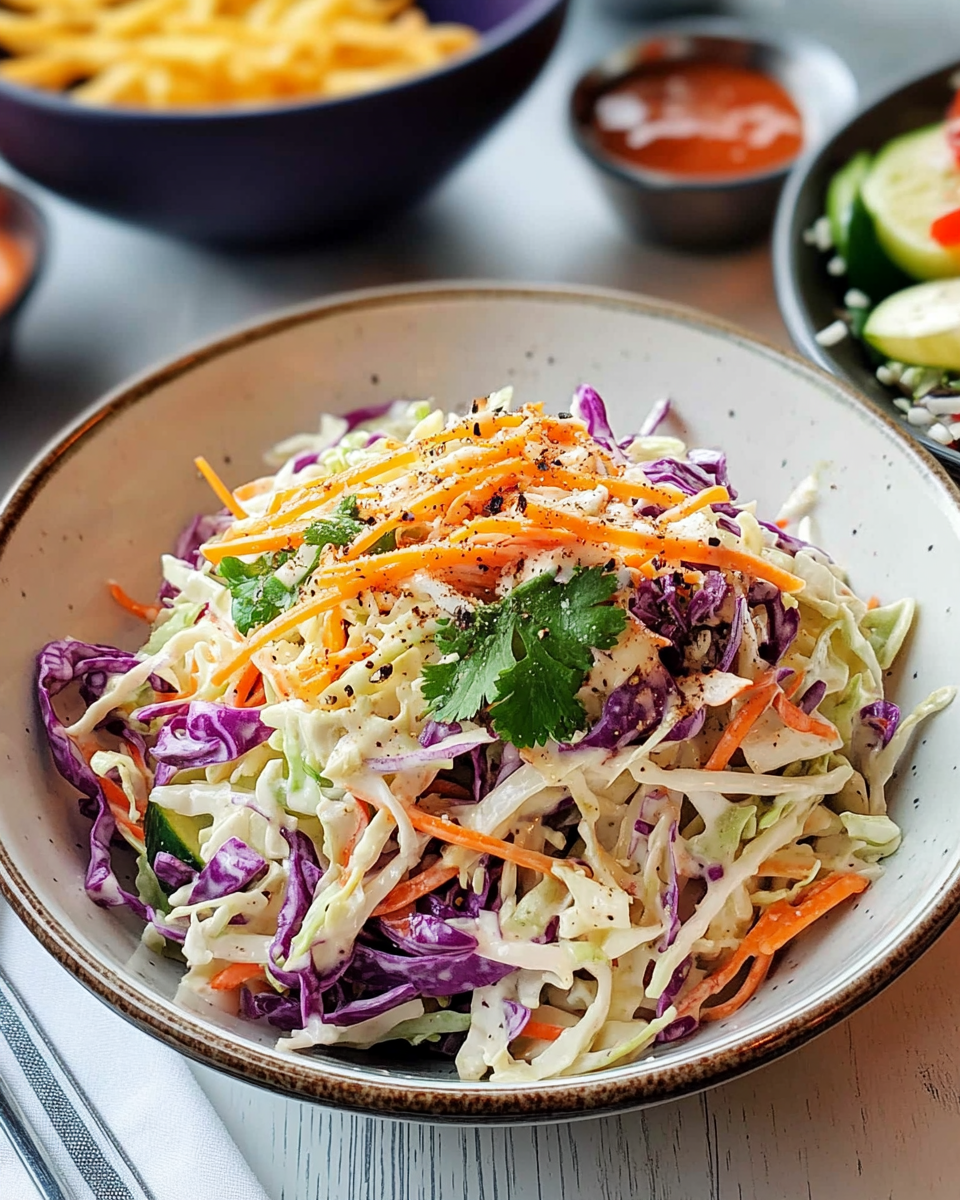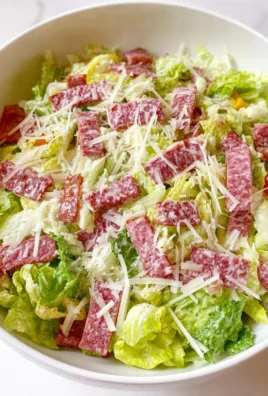
Herb butter dinner rolls are a delightful addition to any meal. With their soft, fluffy texture and rich, aromatic flavor, they bring warmth and comfort to family dinners, holiday feasts, and casual gatherings. These rolls are a perfect blend of buttery goodness and fragrant herbs, offering a taste that complements a wide variety of dishes.
Overview of Herb Butter Dinner Rolls
Herb butter dinner rolls are a variation of classic dinner rolls, enhanced by the inclusion of fresh or dried herbs and melted butter. These rolls are versatile, pairing well with soups, salads, roasted meats, or as standalone snacks. The herbs, such as rosemary, thyme, and parsley, provide a fresh and earthy flavor, while the butter ensures they stay moist and tender.
Brief History and Cultural Significance
Bread has been a dietary staple for centuries, and dinner rolls have evolved as a more convenient and luxurious option. The practice of infusing bread with herbs dates back to ancient times when herbs were used to enhance flavors and preserve food. In Europe, herbed bread became a hallmark of festive meals. Today, herb butter dinner rolls are enjoyed worldwide, a testament to their universal appeal and adaptability.
Preparation Phase & Tools to Use
Prep Time; Cook Time; Cool Time; Total Time; Servings; Yield:
- Prep Time: Around 20 minutes for preparing dough and herbs.
- Cook Time: 15-20 minutes, depending on oven efficiency.
- Cool Time: 10 minutes before serving.
- Total Time: Approximately 1 hour (including proofing).
- Servings and Yield: Makes about 12 medium-sized rolls, perfect for sharing.
Essential Tools and Equipment:
- Mixing Bowls: For combining dry and wet ingredients.
- Measuring Cups and Spoons: To ensure accurate ingredient quantities.
- Dough Hook or Wooden Spoon: For mixing and kneading dough.
- Baking Tray or Muffin Tin: Provides shape and ensures even baking.
- Pastry Brush: For applying the herb butter topping.
- Oven Thermometer: Ensures correct baking temperature.
Importance of Each Tool:
- Proper mixing bowls allow for easy handling and mixing of dough.
- Accurate measurements are key to achieving the perfect dough consistency.
- Kneading tools ensure gluten development, essential for soft, airy rolls.
- A quality baking tray promotes even browning and prevents sticking.
Preparation Tips:
- Use room-temperature butter and slightly warm liquids to activate the yeast effectively.
- Opt for fresh herbs for a more vibrant flavor, but dried herbs can work in a pinch.
- Make sure your kitchen is warm during proofing for optimal dough rise.
Ingredients List (with Measurements)
- Flour: 3 cups, all-purpose or bread flour.
- Yeast: 2 1/4 teaspoons active dry yeast.
- Sugar: 2 tablespoons, to activate the yeast and add a touch of sweetness.
- Salt: 1 teaspoon, to balance the flavor.
- Milk: 1 cup, warmed to about 110°F.
- Butter: 1/4 cup unsalted, melted.
- Egg: 1 large, for structure and richness.
- Fresh Herbs: 2 tablespoons each of rosemary, thyme, and parsley, finely chopped.
- Garlic (optional): 1 clove, minced, for additional flavor.
Step-by-Step Instructions
- Activate the Yeast:
In a small bowl, combine warm milk, sugar, and yeast. Stir gently and let it sit for 5-10 minutes until frothy. - Mix Dry Ingredients:
In a large mixing bowl, combine flour and salt. Make a well in the center. - Combine Wet Ingredients:
Add the activated yeast mixture, melted butter, and egg to the dry ingredients. Stir with a wooden spoon or mix with a dough hook until combined. - Knead the Dough:
Transfer the dough to a floured surface and knead for 8-10 minutes until smooth and elastic. Alternatively, use a stand mixer with a dough hook for 5-7 minutes. - Incorporate Herbs:
Sprinkle the chopped herbs and optional garlic onto the dough. Knead gently to distribute evenly. - First Proofing:
Place the dough in a greased bowl, cover with a damp cloth or plastic wrap, and let it rise in a warm place for 1-2 hours, or until it doubles in size. - Shape the Rolls:
Punch down the dough to release air. Divide into 12 equal portions and shape each into a ball. Place the balls on a greased baking tray, spaced slightly apart. - Second Proofing:
Cover the rolls with a cloth and let them rise again for 30-40 minutes until puffy. - Prepare Herb Butter Topping:
Melt 2 tablespoons of butter and mix with additional chopped herbs. - Bake the Rolls:
Preheat the oven to 375°F (190°C). Brush the rolls with the herb butter and bake for 15-20 minutes, or until golden brown. - Cool and Serve:
Allow the rolls to cool for 10 minutes. Serve warm with additional butter or as an accompaniment to your favorite dishes.
Side Dish Recommendations
Herb butter dinner rolls are versatile and pair beautifully with a variety of dishes. Below are some outstanding side dish ideas that complement their buttery and herbaceous flavors.
1. Garlic Mashed Potatoes
Creamy, fluffy garlic mashed potatoes are a classic choice to serve alongside herb butter dinner rolls. The rich butter and garlic flavors in the potatoes complement the herbaceous notes of the rolls, creating a comforting combination. To prepare, boil peeled potatoes until tender, then mash with roasted garlic, butter, cream, and a hint of salt.
2. Creamy Spinach Dip
A warm, cheesy spinach dip works wonderfully as a dipping option for the rolls. The creamy texture and slight tang from ingredients like cream cheese and sour cream balance the rolls’ softness. Add a touch of garlic and Parmesan cheese to enhance the flavors further.
3. Roasted Vegetable Medley
Oven-roasted vegetables, such as carrots, zucchini, bell peppers, and Brussels sprouts, are a healthy and colorful accompaniment. The natural sweetness of roasted veggies balances the savory flavor of the rolls, and a sprinkle of fresh herbs ties the dish together.
4. Tomato Basil Soup
Tomato basil soup is a timeless pairing for bread, and herb butter dinner rolls are no exception. The acidity of the tomatoes combined with the freshness of basil enhances the buttery, herbed rolls. Serve the soup warm with a drizzle of cream and a handful of croutons for added texture.
5. Caesar Salad
A crisp Caesar salad featuring romaine lettuce, creamy dressing, Parmesan cheese, and crunchy croutons is a refreshing counterpart to the rolls. The savory notes of the dressing and cheese pair beautifully with the soft, herb-infused bread.
6. Honey Glazed Carrots
Sweet and tender honey-glazed carrots are an excellent complement to herb butter dinner rolls. The natural sweetness of the carrots, enhanced with honey and a pinch of cinnamon, balances the savory flavors of the rolls while adding a vibrant pop of color to the meal.
7. Baked Brie with Cranberry Sauce
For an indulgent appetizer, pair the rolls with baked brie topped with cranberry sauce. The creamy, melty brie contrasts with the rolls’ texture, while the cranberry adds a sweet and tangy element to the dish.
8. Herb Roasted Chicken
Herb butter dinner rolls shine as an accompaniment to herb-roasted chicken. The complementary flavors of the herbs in the chicken and the rolls create a cohesive dining experience. Add garlic, rosemary, and lemon to the chicken for a fragrant and flavorful main course.
Nutritional Information & Health Benefits
Herb butter dinner rolls are not only delicious but can also offer nutritional benefits when made with quality ingredients. Below is an analysis of their nutritional content and health aspects:
- Calories and Macronutrients:
Each roll typically contains moderate calories, with carbohydrates as the primary energy source. Protein content can be enhanced by adding eggs or milk to the dough. - Fats and Butter:
The butter in these rolls contributes to their rich flavor and texture. Opting for unsalted, high-quality butter ensures better control of sodium intake. - Herbs as Nutritional Powerhouses:
Fresh herbs like rosemary, thyme, and parsley are rich in antioxidants, vitamins, and minerals. Rosemary contains compounds that support digestion, while parsley is a good source of vitamin K and C. - Flour Options:
Using whole-grain flour instead of refined flour increases the fiber content, promoting better digestion and sustained energy release. - Customizing for Health Goals:
For a healthier alternative, reduce the amount of butter or replace some with olive oil. Adding seeds like flaxseeds or chia seeds can enhance the rolls’ omega-3 fatty acid content.
Common Mistakes to Avoid & How to Perfect the Recipe
When baking herb butter dinner rolls, certain mistakes can impact the final result. Avoid these pitfalls for consistently perfect rolls:
- Skipping Yeast Activation
Always ensure the yeast is properly activated in warm liquid before adding it to the dough. If the liquid is too hot or cold, the yeast may not activate, leading to dense rolls. - Over-Kneading or Under-Kneading
Kneading is critical for gluten development, but over-kneading can make the rolls tough, while under-kneading results in a weak structure. Aim for a smooth, elastic dough that springs back when poked. - Ignoring Proofing Times
Proofing allows the yeast to create air pockets, giving the rolls their fluffy texture. Rushing this step will result in dense, under-risen rolls. Ensure the dough doubles in size during the first proofing and becomes puffy after shaping. - Uneven Herb Distribution
Properly knead the herbs into the dough to ensure even flavor in every bite. Adding them during the final kneading phase prevents overmixing and preserves their aroma. - Incorrect Baking Temperature
Baking at the wrong temperature can lead to uneven cooking. An oven thermometer ensures accuracy, preventing overly browned tops or undercooked centers. - Using Stale Ingredients
Fresh ingredients are key to the rolls’ flavor. Avoid using old herbs, rancid butter, or expired yeast, as they can negatively affect both taste and texture. - Not Brushing with Herb Butter
Skipping the final butter brushing can leave the rolls looking dry. Applying herb butter before and after baking not only enhances flavor but also gives the rolls a golden, glossy finish.
Tips, Notes, Storing, and Reheating
Tips for Perfect Herb Butter Dinner Rolls:
- Use Fresh Herbs: For the most vibrant flavor, opt for fresh herbs like rosemary, thyme, and parsley. Dried herbs can work in a pinch but may require adjustment in quantity.
- Warm Environment for Proofing: Place your dough in a warm, draft-free area to ensure proper rising. If your kitchen is cold, preheat your oven to the lowest setting, then turn it off and use the residual warmth for proofing.
- Don’t Overwork the Dough: Over-kneading can make the rolls dense and tough. Knead just until the dough becomes smooth and elastic.
- Butter Quality: Choose high-quality unsalted butter to enhance the richness of the rolls. Unsalted butter allows better control over the salt level in the recipe.
- Timing the Brushing: Brush the rolls with herb butter before baking for a glossy, golden crust and again after baking for an added burst of flavor.
Notes on Ingredient Substitutions and Variations:
- Alternative Flours: Replace all-purpose flour with whole wheat or spelt flour for a heartier texture. For a gluten-free option, use a gluten-free baking blend designed for yeast breads.
- Plant-Based Version: Substitute butter with plant-based alternatives and use almond milk or oat milk instead of dairy.
- Herb Variations: Experiment with herbs like basil, dill, or chives for different flavor profiles. A mix of garlic powder and Italian seasoning also works well.
- Cheese Addition: Sprinkle grated Parmesan or cheddar into the dough for cheesy herb rolls.
Storing Herb Butter Dinner Rolls:
- Short-Term Storage: Store cooled rolls in an airtight container or resealable bag at room temperature for up to 2 days.
- Refrigeration: While not ideal, rolls can be refrigerated in an airtight container for up to a week. Warm them before serving for the best texture.
- Freezing: For longer storage, freeze the rolls in a freezer-safe bag for up to 3 months. Thaw at room temperature and reheat before serving.
Reheating Herb Butter Dinner Rolls:
- Oven Method: Wrap the rolls in foil and heat in a 350°F oven for 10 minutes. For crispier edges, uncover for the last few minutes.
- Microwave Method: Place a roll on a microwave-safe plate, cover with a damp paper towel, and heat for 15-20 seconds.
- Air Fryer Method: For a quick reheat, place rolls in an air fryer at 300°F for 5 minutes, ensuring a fresh, slightly crisp texture.
Frequently Asked Questions
1. Can I make the dough ahead of time?
Yes, you can prepare the dough in advance. After the first proofing, cover the dough tightly and refrigerate it overnight. Allow it to come to room temperature before shaping and baking.
2. Can I use self-rising flour instead of all-purpose flour?
Self-rising flour contains leavening agents and salt, so it’s not ideal for this recipe. Stick with all-purpose or bread flour for the best results.
3. What’s the best way to ensure my rolls are fluffy?
Fluffy rolls rely on properly activated yeast, adequate kneading, and sufficient proofing time. Make sure your yeast is fresh, knead the dough to develop gluten, and allow it to rise until doubled in size.
4. Can I add other ingredients to the rolls?
Absolutely! You can incorporate ingredients like grated cheese, caramelized onions, or even sun-dried tomatoes into the dough for added flavor.
5. How do I prevent my rolls from drying out?
Cover the rolls with a clean, damp cloth during proofing to prevent them from forming a dry crust. Brush with herb butter immediately after baking to lock in moisture.
6. Can I use a bread machine for this recipe?
Yes, most bread machines have a dough setting that works well for herb butter dinner rolls. Follow the manufacturer’s instructions for adding ingredients, then shape and bake the rolls manually.
7. How do I make these rolls gluten-free?
Use a gluten-free baking blend specifically designed for yeast breads. Add an extra egg or a teaspoon of xanthan gum to help mimic the elasticity of gluten.
8. Why didn’t my rolls rise properly?
Possible reasons include inactive yeast, water that was too hot or too cold, or insufficient proofing time. Always ensure your yeast is fresh and the proofing environment is warm.
9. Can I bake these rolls in a cast-iron skillet?
Yes, baking in a cast-iron skillet gives the rolls a rustic look and adds a crisp bottom crust. Grease the skillet well before placing the dough balls inside.
10. How do I reheat rolls without them becoming hard?
Wrap the rolls in foil or cover with a damp cloth while reheating. This helps retain moisture and prevents them from drying out.
Conclusion
Herb butter dinner rolls are a timeless addition to any meal, offering a perfect balance of soft, buttery texture and aromatic herb flavors. With the right preparation techniques, these rolls can easily become the highlight of your dining table. Whether served fresh from the oven or reheated for later enjoyment, they provide a comforting and delicious experience every time.
By following the tips, addressing common questions, and exploring pairing options, you’ll master the art of baking these delightful rolls. They’re versatile, customizable, and certain to impress family and guests alike. So, roll up your sleeves, gather your ingredients, and get ready to bake the most flavorful herb butter dinner rolls you’ve ever tasted!




Leave a Comment